1. Using Salt to Kill Weeds
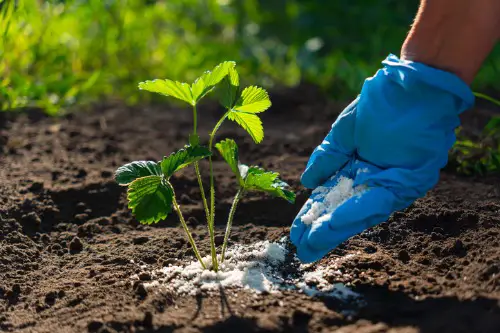
A lot of people swear by pouring table salt on weeds, but it’s one of the fastest ways to ruin your soil. Salt doesn’t just kill the plants you’re targeting—it lingers in the ground and prevents anything else from growing for years. Once it seeps in, rainwater pushes it deeper, spreading the damage further. You end up with barren patches that can take extensive work to fix.
The problem is that salt disrupts the delicate balance of nutrients that plants rely on. It dehydrates the soil, pulls water away from roots, and can kill essential microbes. Even if you think you’re only using a small amount, it builds up quickly. Gardeners often regret this “hack” after seeing how long it takes for life to return.
2. Pouring Vinegar on Soil
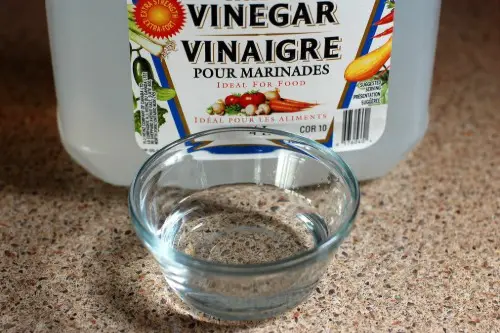
Vinegar is another go-to DIY weed killer, but it’s not as harmless as it seems. While it does burn back weeds, it also lowers soil pH dramatically, making it too acidic for many garden plants. That shift doesn’t just kill what’s there now—it can throw off the soil ecosystem for seasons to come. Beneficial insects and microbes also take a hit.
Unlike salt, vinegar doesn’t stay in the soil permanently, but repeated use creates cumulative damage. Every splash that misses its target seeps into the ground, killing roots and sterilizing the surrounding soil. The result is patches that struggle to bounce back, especially for pH-sensitive plants like beans or carrots. What looks like a quick fix often leaves gardeners with long-term soil headaches.
3. Using Bleach as a Cleaner
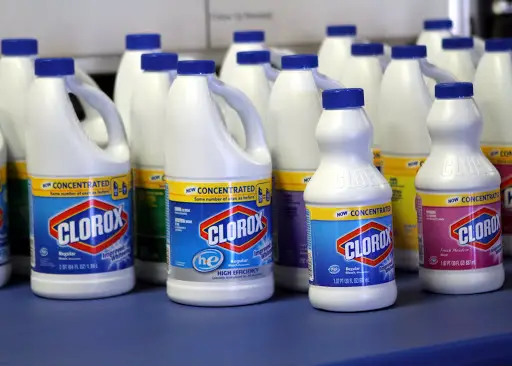
It might sound convenient to use bleach to “sanitize” your garden soil, but it’s a recipe for disaster. Bleach contains chlorine, which is toxic to soil microbes, worms, and the beneficial fungi that plants depend on. When you dump it on dirt, it doesn’t just wash away—it changes the chemical makeup of your soil. That means you’re left with ground that struggles to support healthy plant life.
The problem doesn’t end when the bleach smell fades. Chlorine residues can linger and continue disrupting soil biology for months. This damage creates a ripple effect: weaker plants, more pest problems, and an unbalanced soil system. Cleaning with bleach belongs in the bathroom, not in your garden beds.
4. Covering Beds with Plastic Sheeting
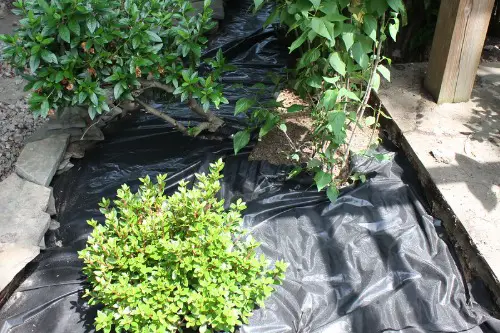
Plastic sheeting is often promoted as a cheap way to suppress weeds, but it suffocates the soil underneath. Without oxygen and moisture movement, the natural soil life that breaks down organic matter begins to die off. Earthworms, microbes, and fungi all struggle in this sealed-off environment. In short, plastic creates a dead zone where nothing thrives.
Some gardeners try this thinking they’ll remove it later, but the damage doesn’t disappear quickly. Even a single season under plastic can drastically lower soil health. Instead of rich, crumbly earth, you’re left with compacted, lifeless dirt. There are better alternatives, like organic mulches, that feed the soil instead of smothering it.
5. Lining Beds with Landscape Fabric
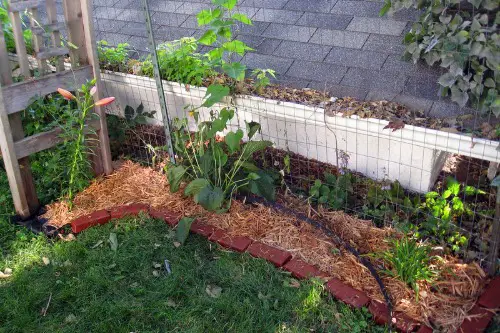
Landscape fabric feels like a tidy solution for weed control, but it creates more harm than good in garden soil. Over time, the fabric compacts the soil underneath by blocking airflow and water infiltration. Roots struggle to penetrate, and the soil begins to harden and degrade. Eventually, the fabric itself breaks down into microplastics, adding another layer of pollution.
Gardeners often notice that weeds still manage to grow on top of the fabric, rooting in decomposed mulch. Meanwhile, the intended plants suffer in soil that’s been robbed of oxygen and nutrients. Once the fabric is in place, it’s a pain to remove, especially if it’s tangled up with roots. It’s a shortcut that ends up costing years of soil recovery.
6. Burning Weeds Directly on Soil
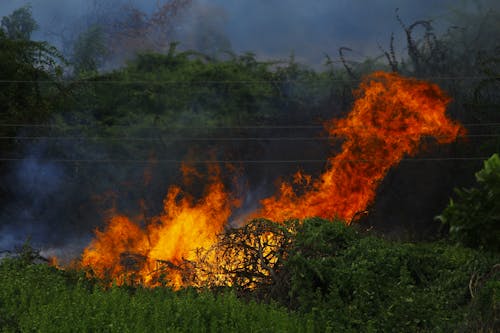
Flame weeders or backyard torches may look efficient, but applying high heat directly to soil has consequences. Extreme heat kills not just weeds but also beneficial organisms living in the topsoil. Fungi, bacteria, and even insect eggs get destroyed, which weakens the soil’s natural structure. That means fewer nutrients and less resilience for the plants you want to keep.
While fire might seem like a “clean” method, repeated use sterilizes the ground. A sterile soil is lifeless and vulnerable, making it easy for pests and disease to move in. Instead of reducing your workload, it can create a cycle of unhealthy soil and struggling crops. Fire is better left for brush control away from garden beds.
7. Sprinkling Baking Soda Everywhere
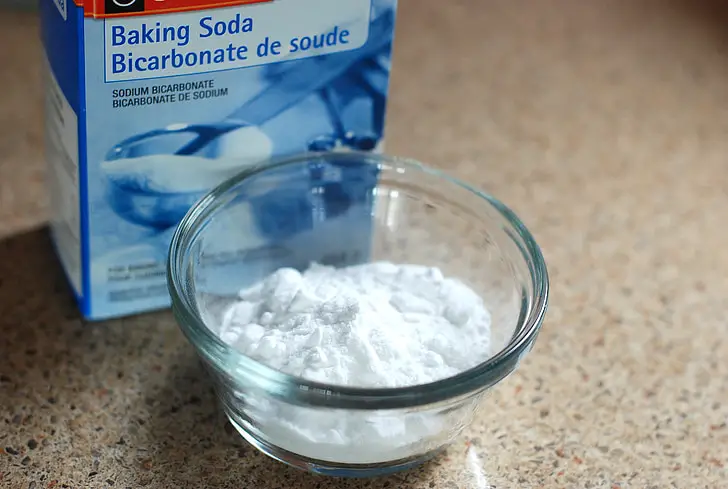
Baking soda often gets recommended as a natural fix for fungal problems, but spreading it over soil can cause big issues. It changes the sodium levels in the soil, which disrupts nutrient balance and damages plant roots. Over time, the soil becomes compacted and unable to hold water properly. What started as a “gentle” solution ends up stressing your entire garden.
The problem is that baking soda is not selective—it impacts fungi indiscriminately. While you might slow down powdery mildew temporarily, you also harm beneficial fungi that help plants absorb nutrients. This leaves the soil ecosystem unbalanced and weak. In the long run, the soil struggles to support healthy growth.
8. Adding Too Much Wood Ash
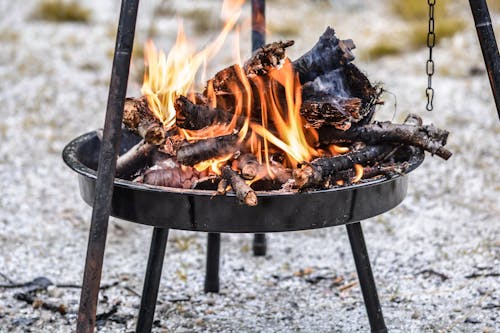
Wood ash can be beneficial in small amounts, but dumping large quantities into your soil is a mistake. Ash is alkaline, and too much of it raises soil pH to levels that most vegetables can’t tolerate. High pH soils lock up key nutrients like iron and phosphorus, leaving plants yellow and stunted. You may also end up introducing heavy metals depending on the source of the wood.
Because wood ash acts quickly, one “heavy” application can alter soil chemistry for years. Correcting overly alkaline soil requires time and effort, often with amendments like sulfur or peat moss. That’s a long recovery process compared to the quick sprinkle people intend. Moderation is the key, but the “hack” of dumping ash does more harm than good.
9. Dumping Coffee Grounds in Bulk
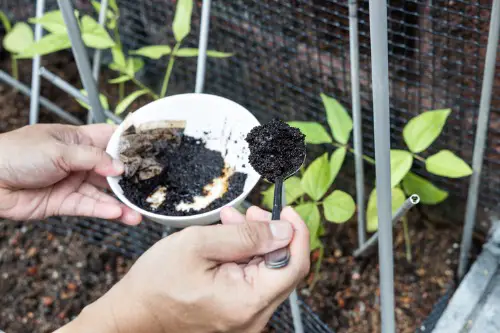
Coffee grounds are often marketed as a miracle soil booster, but too much of a good thing quickly backfires. When piled on thick, they compact into a dense layer that repels water. Instead of improving soil, they create drainage issues and suffocate roots. Plants end up stressed rather than nourished.
Coffee grounds also contain compounds that can inhibit seed germination. While they work well in a compost pile, using them directly in soil creates an imbalance. Earthworms even avoid heavy layers of coffee, which is a bad sign for long-term soil health. Sprinkling lightly or composting first is the smarter route.
10. Using Kitty Litter as Soil Amendment
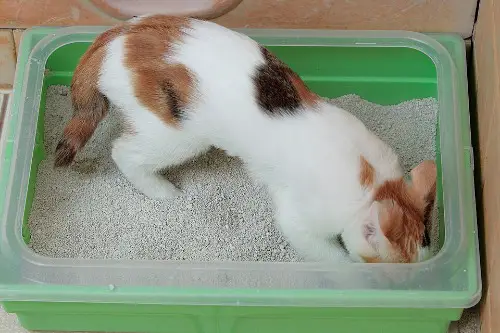
Some DIY guides suggest mixing kitty litter into soil for “better drainage,” but it’s rarely a safe choice. Many litters contain clumping agents made from sodium bentonite clay. This ingredient expands with water and then hardens, causing serious compaction. Instead of better drainage, you get cement-like soil.
On top of that, used kitty litter carries risks of pathogens and parasites that contaminate soil for years. Even if it’s unused, the additives don’t break down in a healthy way. They interfere with soil structure and hurt microbial life. A supposed hack for soil structure actually makes your garden harder to work with.
11. Using Motor Oil to Repel Pests
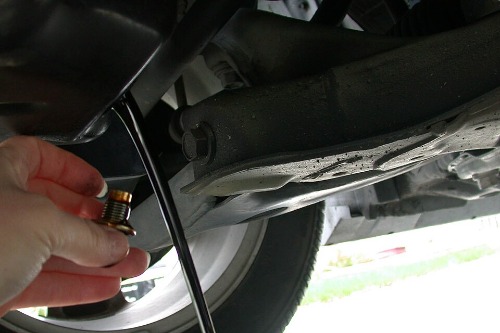
Old-fashioned gardening tips sometimes mention pouring motor oil on soil to keep pests away, but this is highly toxic. Motor oil contains heavy metals and chemicals that poison soil biology. Once in the ground, it doesn’t just disappear—it lingers, contaminating the soil for decades. Plants struggle to grow, and water runoff carries pollutants even further.
This isn’t just bad for your garden—it’s dangerous for surrounding ecosystems. Wildlife, groundwater, and even human health can be affected by contaminated soil. The cleanup process is expensive and often impossible at a home scale. What sounds like a quick deterrent ends up being environmental damage that lasts a lifetime.
12. Using Charcoal Briquettes in Soil
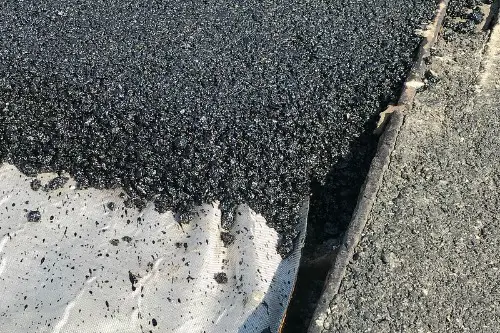
Charcoal sounds like biochar, but they’re not the same. Commercial briquettes often contain binders, fillers, and lighter fluids that are toxic to soil life. When mixed into dirt, these chemicals leach into the ground and damage beneficial microbes. Instead of boosting soil fertility, they poison it.
Biochar, which is specifically designed for soil, is safe—but many people confuse it with barbecue charcoal. That mistake can set your soil back for years. The additives in briquettes don’t break down easily, and they can change soil chemistry in ways that harm plant roots. It’s a classic example of a misleading hack that looks “natural” but isn’t.
13. Overusing Fertilizer Spikes
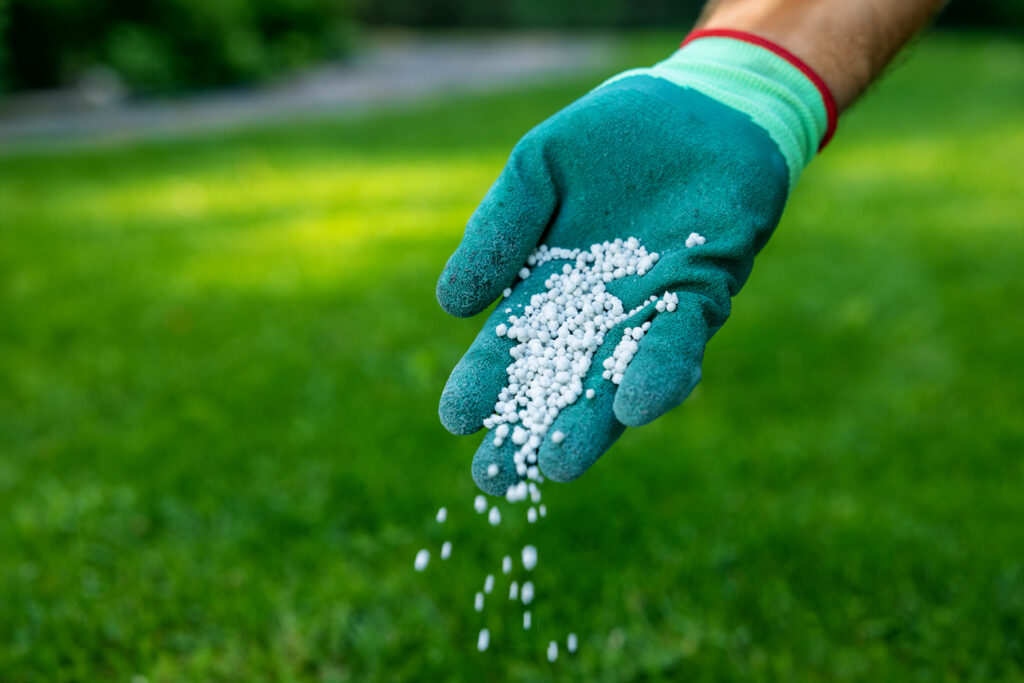
Fertilizer spikes look convenient, but they concentrate nutrients in one spot. This creates zones of chemical burn that damage roots and kill off soil organisms nearby. Nutrients like nitrogen leach unevenly, leading to imbalanced growth and weak plants. Instead of steady feeding, you end up with stress and soil degradation.
Over time, the excess salts from fertilizer spikes build up in soil. This salinity makes it harder for plants to take up water, leading to wilted, unhealthy crops. The soil biology also suffers under repeated exposure to high salt levels. A balanced, slow-release amendment is far safer for long-term soil health.
14. Mixing Lime Without Testing Soil
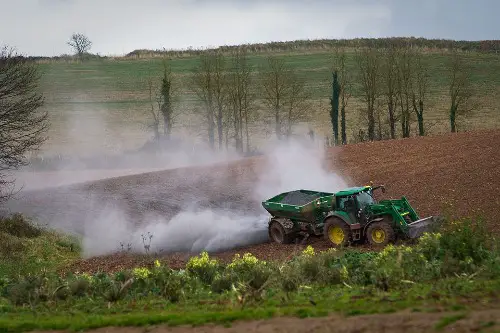
Lime is often suggested as a universal soil improver, but using it blindly can do serious harm. Lime raises soil pH, and if your soil isn’t acidic to begin with, it can swing too far alkaline. This change locks up vital nutrients, leading to deficiencies and poor plant growth. Once soil pH is pushed out of range, it takes years to restore balance.
The mistake happens because many gardeners assume lime “freshens” soil. In reality, it’s only helpful for specific pH problems. Applying it without a test is like prescribing medicine without a diagnosis. A simple soil test is cheaper than years of struggling with ruined ground.
15. Spraying Hydrogen Peroxide Regularly
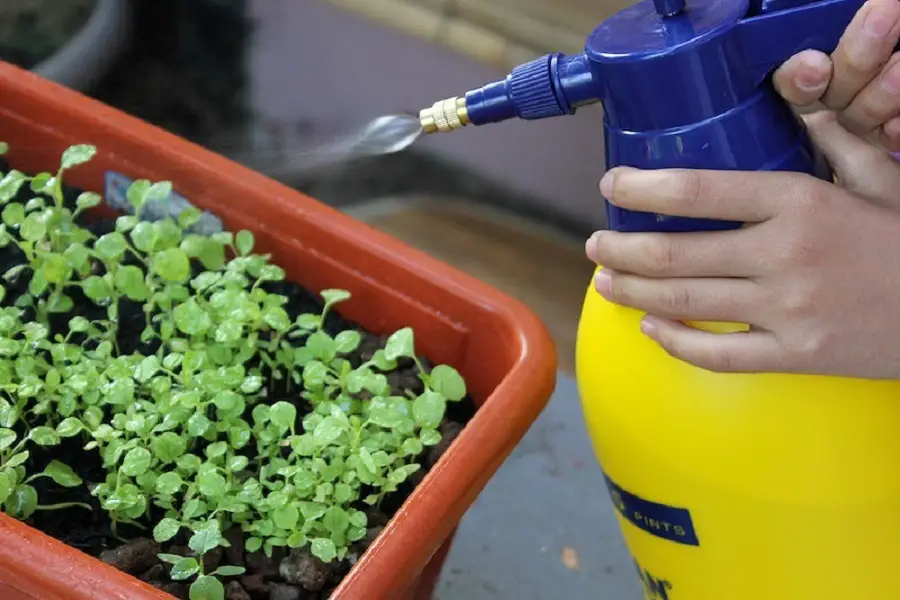
Hydrogen peroxide gets praised for aerating soil and fighting root rot, but frequent use disrupts the natural balance. It kills not only harmful microbes but also the beneficial ones plants need to thrive. Over time, the soil becomes less fertile and more sterile. That leaves plants weaker and more vulnerable to disease.
While a one-time treatment may have its place, treating it like a routine soil booster is damaging. The bubbles you see are oxygen escaping, not lasting soil improvement. Real aeration comes from organic matter and healthy soil life. Hydrogen peroxide might feel like a miracle in the moment, but it leaves a long trail of damage behind.
This post 15 Garden “Hacks” That Destroy Soil for Years was first published on Greenhouse Black.
